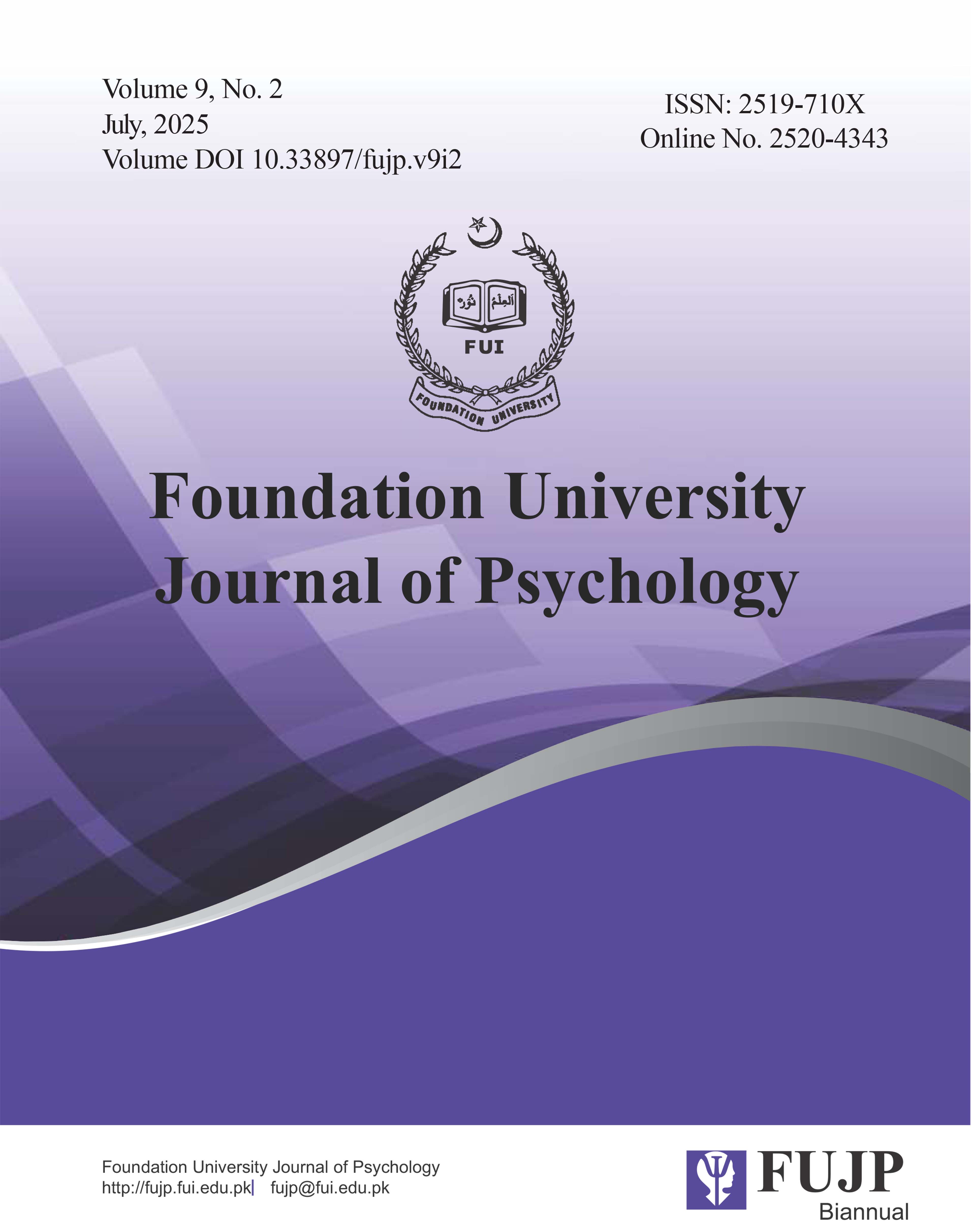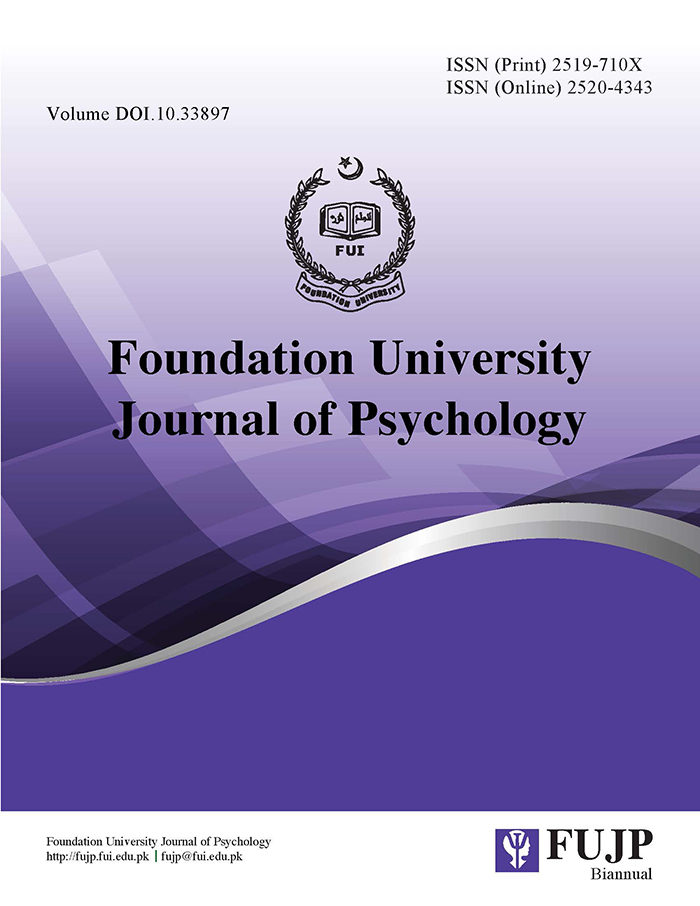Demographic Comparisons for Family Functioning, Distress Tolerance and Resilience in Adolescents
Comparisons for Family Functioning, Distress Tolerance and Resilience in Adolescents
DOI:
https://doi.org/10.33897/fujp.v9i2.878Keywords:
Family functioning, distress tolerance, resilience, demographic comparison, differenceAbstract
Background: Family functioning is related to the tolerance level of the individual and resilience from the growth of mental health and well-being. This research was carried out to explore the demographic difference between family functioning, distress tolerance, and resilience in adolescents.
Method: Cross-Sectional research design was used. A sample of N=663 students from different educational backgrounds was selected using convenience sampling. A Family Assessment Device (FAD), Distress Tolerance Scale, and Resilience Scale were used and data was collected both online and manually.
Results: The findings of the research indicated significant gender differences in family functioning, distress tolerance, and resilience of adolescents. A significant difference was found in the resilience of the firstborn and lastborn. Findings underscore differences across birth order, educational level, family income, and family relationships in family functioning distress tolerance, and resilience, moreover, a significant difference was found in the dimension of family functioning, distress tolerance, and resilience in adolescents.
Conclusion: This Study concluded that family income or socioeconomic status also has a great impact on the family functioning in affective control, behavior response, problem-solving, family roles, and affective response. Distress tolerance with its dimensions that include tolerance, regulation, and absorption is also influenced by the socioeconomic status or family income background. Resilience in the form of emotional regulation was found to be different in adolescents based on the family income low to high.


.jpg)

